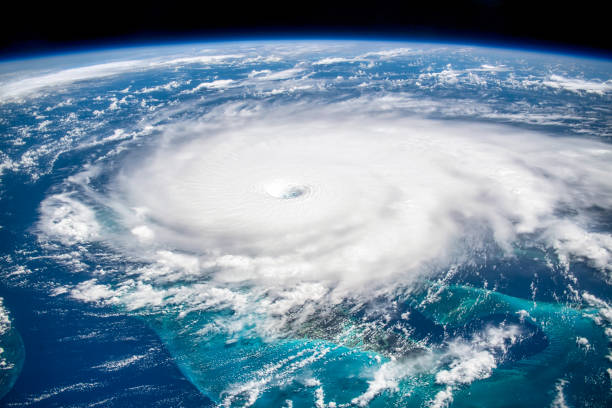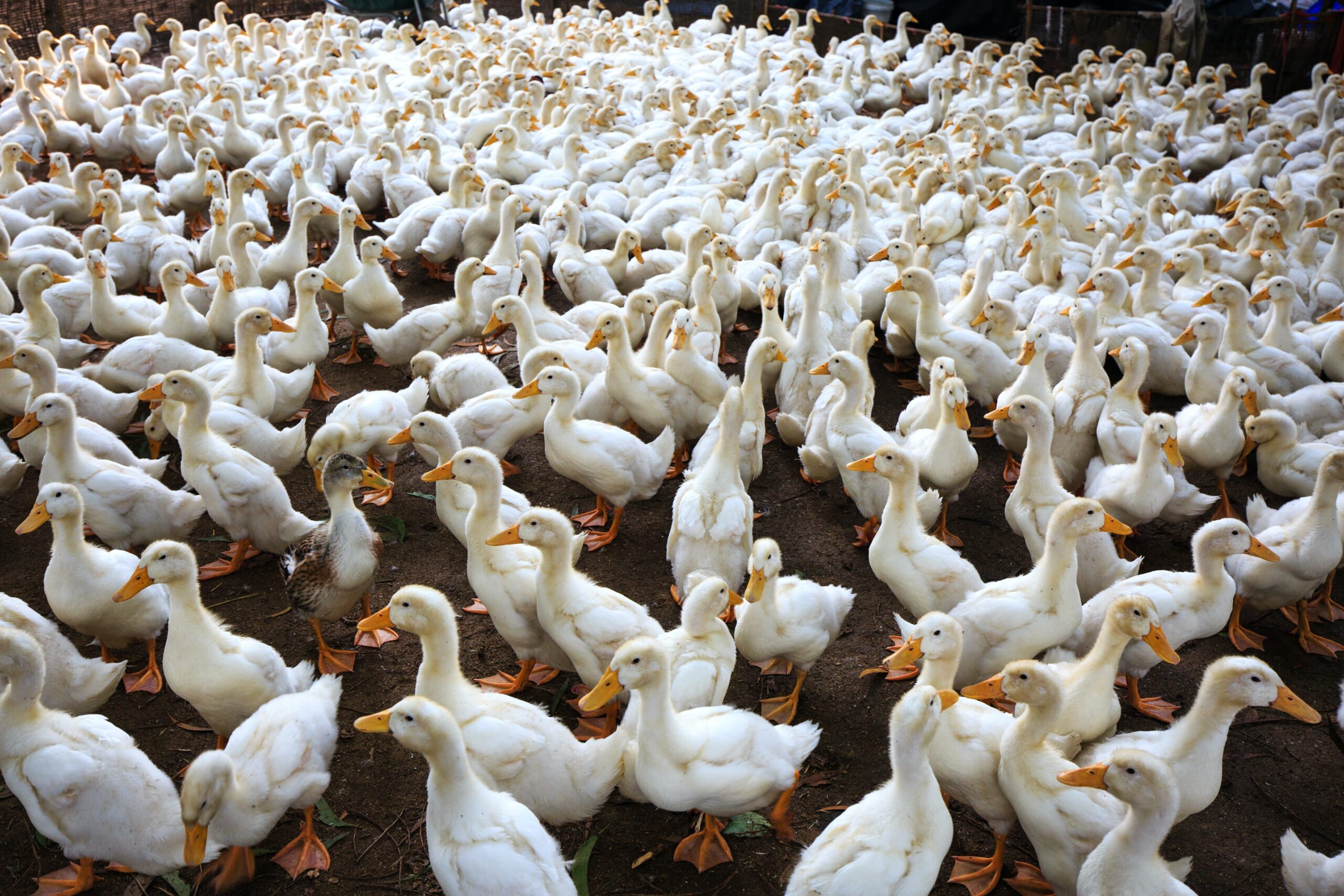Current circulating strains of HPAI H5N1 avian influenza are becoming more pathogenic to birds. Ducks infected with HPAI H5N1 virus are shedding more virus for longer periods without showing symptoms of illness (subclinical infections). This has implications for the role of ducks in transmitting the disease to other birds and possibly to humans as well.
Each person has to assess the risks for themselves—STAY INFORMED! Gloves always should be worn when handling birds. Wearing gloves prevents germs from entering your body through small cuts and scratches on your hands.
Based on what is known about HPAI H5N1 to date, wearing goggles and an N95-face mask (in addition to gloves) will maximize your protection and minimize the risk of inhaling clumps of virus-laden feces/feather dander or splashing virus-laden fluids (blood, wash water) into your eyes or mouth. This is the same type of protective equipment that officials wear when culling a poultry house infected with H5N1 virus.






